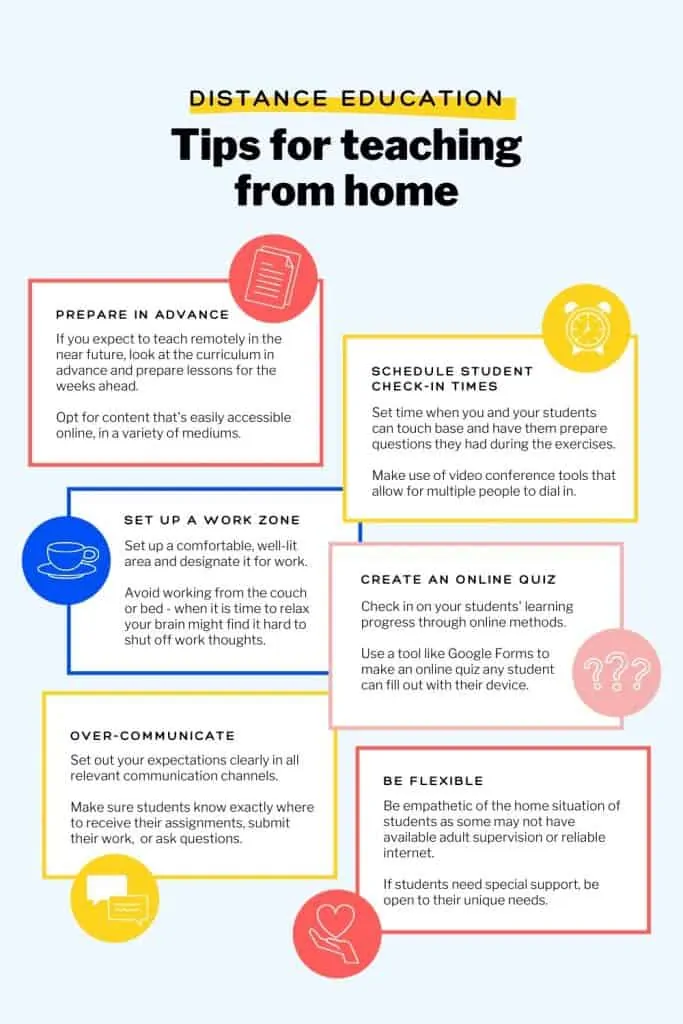Gentle Punishment Alternatives for Toddlers
Any parent raising a toddler knows how difficult it can be to maintain good discipline. When you least expect it, your child is likely to throw a tantrum, while you feel helpless.
As a proponent of positive parenting, you are well aware that spanking or any other form of physical punishment isn’t a valid option.
And timeouts might not have a positive effect on your child’s behavior that you hope for. This is no surprise because kids at that age can’t fully grasp the link between their actions and consequences.
Children require guidance and sympathy far more than instruction
Anne Sullivan
If this is our standpoint, why do we still try to punish our kids when they do something wrong? Why don’t we work to understand them, guide them, or offer a good example instead? How do we train our children to adjust well to life, without losing our minds in the process?
Fortunately, you can control your own actions.
Toddlers learn a lot from observing and imitating. You have a chance to be a positive model. All you need to do is be patient with both your child and you.
Consider these alternatives to punishment for young children:
Ask questions
Your child’s misbehavior is here for a reason. Even though toddlers are young, you can talk to them and offer to understand. We often incorrectly assume kids are doing something “bad” when, in fact, they are figuring out how something works.
Seek answers
Ask: “What are you trying to do?” or “Why do you want to do this?” Listen and understand, then correct their behavior by offering the appropriate outlet or information.
Take a break with your child
If you notice your child is having a difficult time or making choices you don’t approve of, go to a quiet space together and take a break.
This will serve as prevention for trouble, so it’s important to do this before things get out of hand. Five minutes of calm conversation, listening, sharing, and considering more appropriate choices for the situation can help.
Give a second chance
A young child that makes a mistake doesn’t deserve punishment. They deserve an opportunity for a do-over.
Let your toddler try to address the problem differently and change their behavior. State clearly what’s not allowed, offer a positive alternative, and ask if they are okay with it.
Use a physical demonstration
Children learn from observation all the time. You are constantly their model, even when you aren’t aware of your own behavior. So, ensure that you are a good model in critical situations.
A toddler might not grasp the connection between their action and your words, but if you demonstrate desirable behavior, they’ll catch up.
Give your child a heads-up
When you’re requesting specific behavior from your child, give them a heads up. For example, instead of asking them to leave the playground at a moment’s notice, tell them you’ll be leaving in five minutes.
A gentle reminder of what you’re expecting them to do is more useful than a punishment afterward.
Read a story
Another creative way to help kids learn how to make better choices is through stories. Read or tell stories that include characters who make mistakes, have strong feelings, or need help. This is also a way of setting a good example using a character that your child can relate to.

